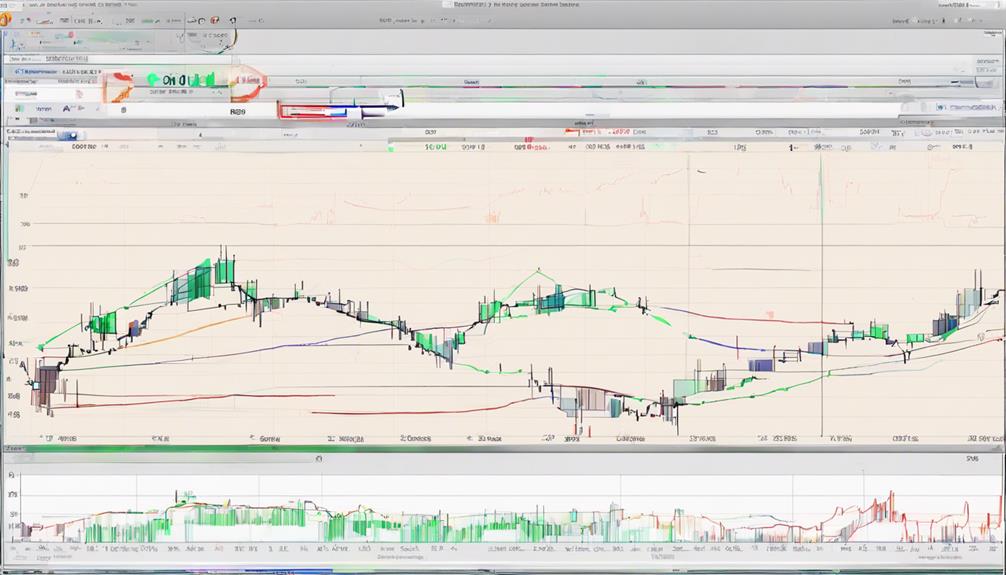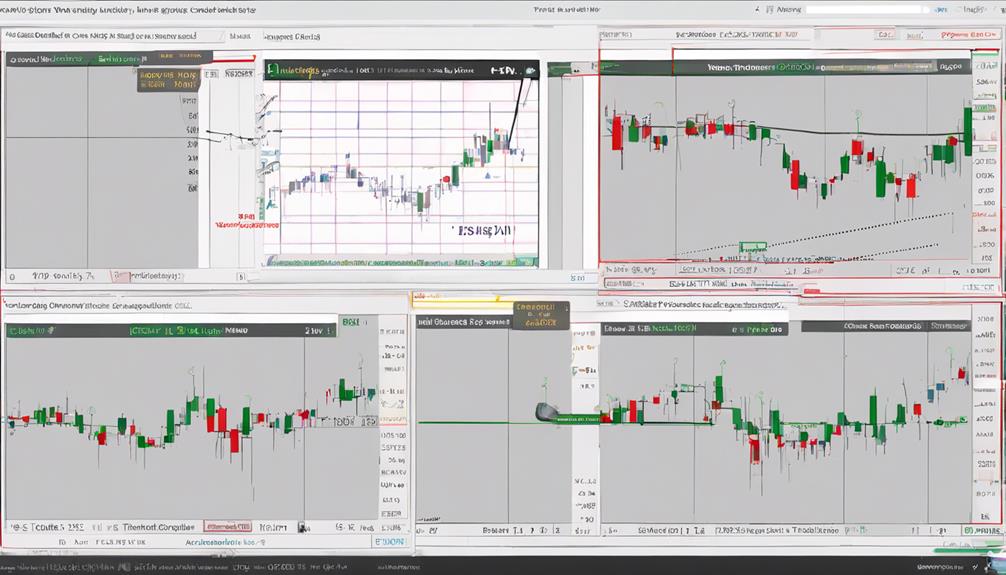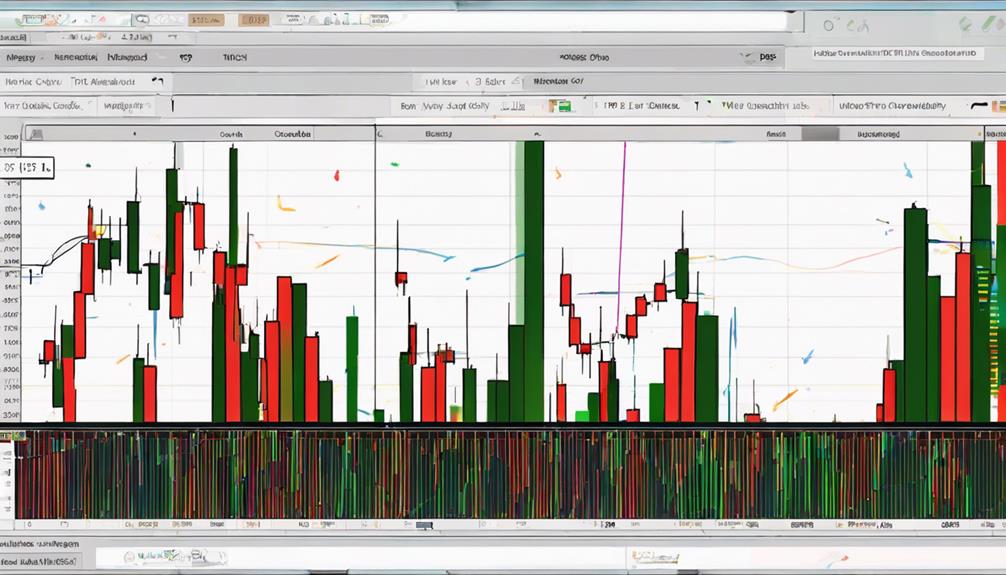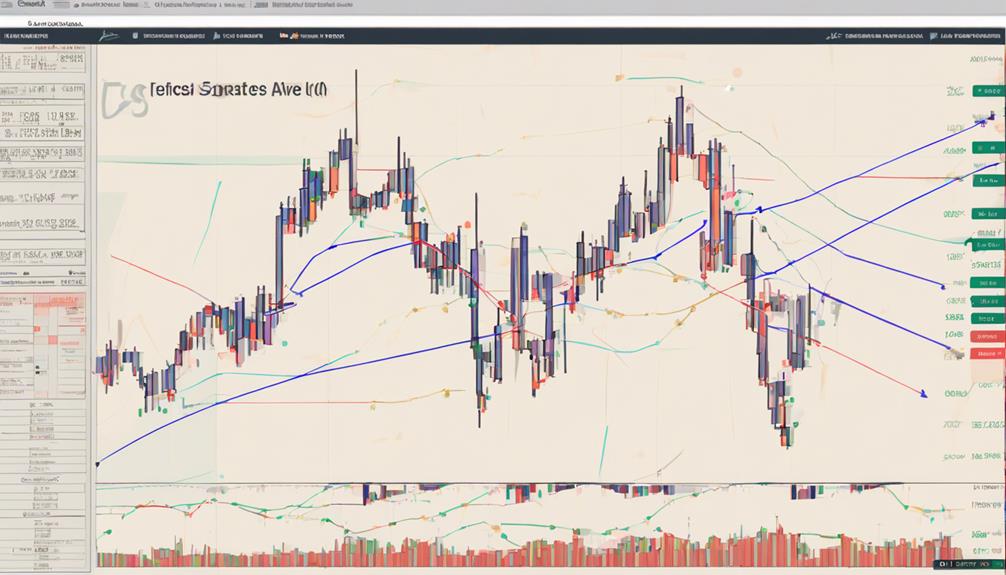When it comes to navigating volatile markets, utilizing the RSI indicator can be a game-changer for your trading strategies. Imagine being able to identify potential trend reversals before they happen or pinpointing optimal entry and exit points with precision.
The RSI offers a wealth of insights, but the real secret lies in how you interpret and apply this powerful tool in your trading decisions. Ready to uncover the nuances of utilizing the RSI indicator for volatility trading and take your trading to the next level?
RSI Indicator Basics and Advantages
Utilizing the RSI indicator provides traders with a dynamic tool for gauging momentum and identifying potential price reversals in the market.
The Relative Strength Index (RSI) serves as a crucial indicator in trading due to its ability to signal overbought and oversold conditions, guiding traders on when to enter or exit positions.
As a momentum oscillator, RSI analyzes price movements, offering insights into the strength of trends.
By generating buy signals below 30 and sell signals above 70, traders can capitalize on market opportunities efficiently.
The adaptability of RSI, allowing for customization based on different trading styles, enhances its versatility in various trading strategies, whether in swing trading or intraday trading scenarios.
Ultimately, the RSI indicator empowers traders with valuable information to make informed decisions and navigate volatile market conditions effectively.
RSI Calculation and Adjustments

To enhance your understanding of the Relative Strength Index (RSI) and its application in trading strategies, delving into the intricacies of RSI calculation and adjustments is pivotal for refining your trading approach.
The RSI calculation formula, RSI = 100 – (100 / (1 + average gain / average loss)), lies at the core of RSI analysis. The default RSI period is 14, but adjusting it allows for tailoring to different timeframes. Opting for shorter RSI periods like 9 enhances sensitivity, making it ideal for intraday trading, while longer periods such as 20-30 capture broader market trends.
RSI smoothing adjustments impact responsiveness, with lower smoothing increasing sensitivity, crucial for volatility trading strategies. These adjustments play a significant role in determining RSI sensitivity and effectiveness in volatile market conditions.
Opening Positions Based on RSI Signals

Initiating trading positions based on Relative Strength Index (RSI) signals involves strategically interpreting market conditions for optimal entry points. When using RSI signals for opening positions, keep the following points in mind:
- Short Position Entry: Consider opening a short position when RSI crosses below 70, indicating an overbought market condition.
- Long Position Entry: Look to initiate a long position when RSI crosses above 30, signaling an oversold market condition.
- Confirmation and Accuracy: Verify RSI signals with other trend indicators and technical analysis tools to enhance the accuracy of trade entries and filter out false signals. Combining RSI with these tools can improve the effectiveness of your trading decisions in the realm of volatility trading.
Utilizing RSI for Volatility Analysis

In volatile markets such as the Volatility 75 Index, utilizing the Relative Strength Index (RSI) can assist in identifying potential entry and exit points efficiently. RSI readings above 70 signal overbought conditions in highly volatile assets, offering valuable insights for traders.
By combining RSI with other indicators, traders can enhance their volatility analysis accuracy, gaining a better understanding of market conditions. RSI also provides information on the strength of price movements during periods of volatility, aiding in decision-making.
Adjusting RSI settings to match the specific volatility of assets allows for more precise analysis, enabling traders to make informed choices based on current market conditions. This strategic use of RSI in volatility analysis can lead to more effective trading outcomes.
– How Can RSI Indicator Help in Volatility Trading?
The essential day trading RSI indicator can help in volatility trading by providing valuable insight into overbought and oversold conditions in the market. By using the RSI indicator, traders can identify potential trend reversals and make more informed buy or sell decisions to capitalize on volatility.
Advanced RSI Trading Strategies

When exploring advanced RSI trading strategies, enhancing your approach by integrating additional indicators like Stochastic and moving averages can amplify the strength of your trading signals.
To optimize performance in volatility trading, consider the following:
- Adjust RSI Settings: Fine-tuning RSI parameters is crucial for generating powerful signals tailored to different market conditions.
- Combine Indicators: Utilize RSI as a filter with trend indicators to enhance trading efficiency and capture intraday opportunities effectively.
- Implement Trend Filters: Incorporating trend filters alongside RSI can help in identifying optimal entry and exit points for profitable trades.
Frequently Asked Questions
How Do You Use the RSI Indicator Effectively?
To use the RSI effectively, you combine it with other indicators like moving averages for confirmation. Look for divergences and adjust settings to fit your trading style. This enhances signal accuracy and helps you capture trend changes.
What Is the RSI 30 70 Strategy?
When trading using the RSI 30 70 strategy, you identify overbought and oversold conditions. Crossing above 70 signals potential shorts, while dropping below 30 indicates long opportunities. This method helps capture price reversals and pinpoint entry/exit spots.
Does RSI Measure Volatility?
RSI doesn't measure volatility directly; it gauges price movement speed and change. Look to indicators like ATR for volatility. Combine RSI with volatility indicators for a comprehensive trading approach, focusing on momentum and trend strength.
What Is the Best Indicator Combination With Rsi?
For the best indicator combination with RSI, consider pairing it with MACD for trend confirmation, EMA for signal enhancement, Stochastic Oscillator for buy/sell signals, Bollinger Bands for volatility identification, and ATR for setting stop-loss/take-profit levels.
Conclusion
In conclusion, mastering the RSI indicator for volatility trading can significantly improve your trading performance.
While some may argue that relying solely on technical indicators may not always guarantee success, combining RSI with other tools and implementing sound risk management strategies can mitigate potential risks.
By taking the time to understand the intricacies of the RSI and fine-tuning your trading approach, you can navigate volatile markets with confidence and achieve your financial goals.
